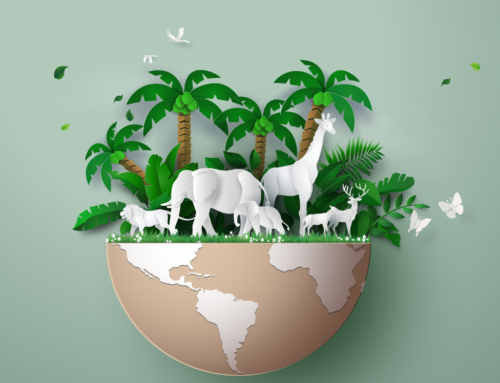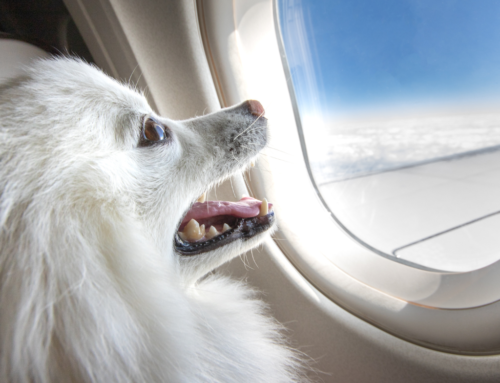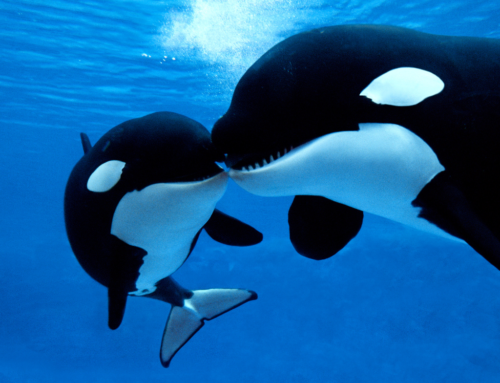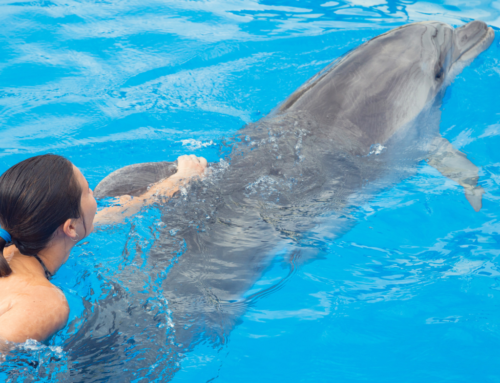
We’ve all seen these attractions posted on social media. Tourists, often our friends or peers sitting gleefully atop elephants with the stunning backdrop of a tropical Asian country. However, behind the smiles of eager tourists, there’s a darker side to riding elephants and one that often condemns these gentle creatures to a life of misery and abuse. Elephant riding is a popular activity for western tourists throughout Asia. However, travelers should NEVER ride elephants, for a number of reasons.
The Elephant Breaking Process

Captive elephants are used in tourism across the world, but elephant tourism is especially present in southeast Asia. Tourists can often see baby elephants “begging” for food or money in Bangkok, performing circus tricks in sideshows, or see elephant ride advertisements in northern Chiang Mai, Vietnam, or Sri Lanka. Every single one of these elephants has gone through “the crush” or phajaan. During this process, a baby elephant is taken from its mother in the wild. The mother, along with other female elephants attempting to protect the baby, are often killed in the process. The baby’s legs are tied to four posts and it is beaten, starved, and denied sleep for days at a time. Eventually, the elephant caves to its new masters and is considered “broken” and trainable.

Even after completing the phajaan, these tourism elephants are exposed to pollution from crowded cities, overcrowded living conditions in circuses, and excruciating manual labor in rides. They are often controlled with the use of a sharp bull hook poking their sensitive ears, directing them where to go or how to behave. Every elephant in the tourism industry has gone through this process.
The Truth Behind Riding Elephants
An elephant’s anatomy is not compatible with riding. Their backs curve upward, compared to a horse’s downward sloping back. In addition, the ornately decorated seats on top of them weigh upwards of a thousand pounds…and that’s BEFORE adding the weight people in the seats! Elephants commonly collapse and die of exhaustion due to rides, and often become ill from lack of proper care. In addition, walking on concrete floors and streets in cities or paved pathways causes sores on elephants’ feet and the weight of the seats cause abrasions on their backs. Due to an elephant’s extremely slow metabolism, a simple open wound like this can take months, even years, to fully heal. An estimated 50% of elephants in captivity die due to foot injuries and resulting infection.

Working elephants cannot participate in their daily needs. Wild elephants spend nearly three quarters of their day just eating. How can an elephant working multiple hours a day at a tourist attraction eat enough to sustain itself? Female elephants are also highly social animals and require herds they are emotionally bonded to for their mental health. A working elephant cannot socialize with other elephants the way they need to, and are often solitary or forced into groups that they did not choose for themselves.
How to Find an Ethical Elephant Experience
While traveling and searching for elephant-friendly experiences, be wary. Many travel companies claiming to be welfare-oriented prove to be the opposite when scrutinized. Search for elephant sanctuaries that focus on true elephant welfare: no riding, access to large amounts of land, and access to veterinary care. Elephant Nature Park is a great example of a true elephant-friendly rescue. While there, I learned that because elephants are so intelligent, many of them carry psychological and physical trauma with them for the rest of their lives from bad animal tourism experiences. This can result in behavioral or health issues later in their life, meaning they are unable to be released into the wild. I was fortunate enough to volunteer at ENP for a week in 2017, and it changed my life. It is true what they say: an elephant never forgets.

It’s up to the tourist. If travelers become more educated and choose not only to abstain from activities harmful to captive elephants but to protest against them, the cycle could end. As the demand for elephant rides decreases, the illegal capture of wild elephants would decrease, and elephants would no longer be tortured, and killed for human entertainment.

To learn more about elephant riding tourism in southeast Asia, check out my podcast episode that dives in deeper. Share this article to spread awareness of elephant welfare, and to educate your friends and family on why they should never ride elephants.
Like this article? Pin it!










Thanks for the information on these amazing animals! I am visiting Thailand in a few days and I knew it was bad for the elephants but I wasn’t 100% sure why. The photo of the elephant being broken did break my heart. So happy you are spreading the word about this and educating people as well!
Thanks for your comment Rheannon! I think it’s so important for everyone to know that tourism is just overall terrible for the livelihood of elephants, especially riding. I hope you have a great time in Thailand!
I knew it wasn’t good but I wasn’t sure why! Poor animals! They are so beautiful, it breaks my heart! The ENP sounds extremely interesting though…!
Most people don’t realize the turmoil that goes along with the process of “taming” an elephant. The ENP is one of the most beautiful places I have ever visited, and I highly recommend it to anyone traveling in Thailand!
This looks amazing and the elephants are super cute!!! I’ve loved reading about your adventures and can’t wait to read more! 💜
Thank you so much! I have been itching to go back and visit my elephant friends <3